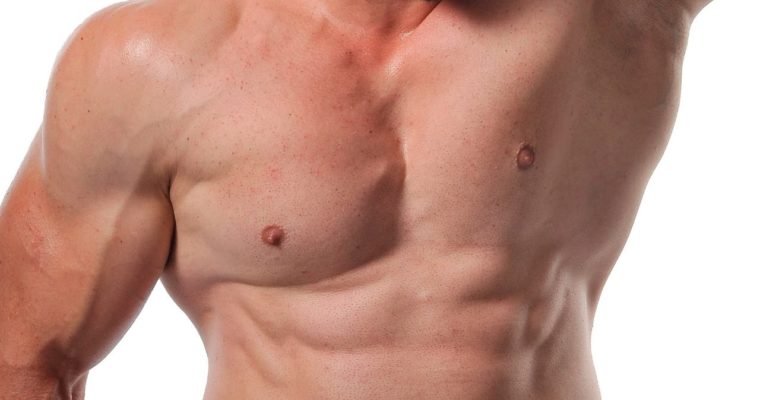9 Surprising Organs You Can Totally Live Without
Like | DoctorBabu | February 8, 2018 | Health health, healthy tips, Organs
The human body is incredibly resilient. When you donate a pint of blood, you lose about 3.5 trillion red blood cells, but your body quickly replaces them. You can even lose large chunks of vital organs and live.
For example, people can live relatively normal lives with just half a brain. Other organs can be removed in their entirety without having too much impact on your life. Here are some of the “non-vital organs”
Spleen
If the spleen ruptures, it may need to be removed. But that’s not a problem. The Mayo Clinic says if there is no other health condition involved, “other organs in your body take over most of the functions previously performed by your spleen.” However, because the spleen helps protect against infection, the patient is at a higher risk of becoming ill, particularly right after the procedure. Vaccines, like those against influenza, could help matters
Kidney
Most people have two kidneys, but you can survive with just one – or even none (with the aid of dialysis). The role of the kidneys is to filter the blood to maintain water and electrolyte balance, as well as the acid-base balance. It does this by acting like a sieve, using a variety of processes to hold onto the useful things, such as proteins, cells and nutrients that the body needs. More importantly, it gets rid of many things we don’t need, letting them pass through the sieve to leave the kidneys as urine.
Gall Bladder
The gallbladder sits under the liver on the upper-right side of the abdomen, just under the ribs. It stores something called bile. Bile is constantly produced by the liver to help break down fats, but when not needed in digestion, it is stored in the gallbladder.
Stomach
Yes, don’t be too surprised. That entire stomach of yours can be removed surgically. This is most commonly done for those people who have been struck by stomach cancer. The food pipe that carries food to the stomach, the oesophagus, is redirected to the small intestine. Then, the small intestine performs the function of the stomach! A person who has had their stomach removed has to be injected with B12 vitamin quite often, as it is not easily absorbed by the small intestine. However, all the rest of the functions continue smoothly in you body, even without that all-important stomach!
Lung
Every human being has a set of two lungs. In the absence of a lung, the other lung expands to fill up for the missing capacity. Of course, there is a difference between breathing styles and the breath capacities of people with two lungs versus one lung. Therefore, a person with one lung has to be careful when doing strenuous exercises.
Reproductive Organs
I don’t need to tell you about the functions of these organs. We know that they’re necessary for procreation, but these are not necessary to sustain life for an individual. People who have these organs surgically removed can survive and live a perfectly normal, healthy life. Women whose uterus has been removed, but whose ovaries are intact, can also donate eggs for surrogacy.
Appendix
The appendix is a small blind-ended worm-like structure at the junction of the large and the small bowel. Initially thought to be vestigial, it is now believed to be involved in being a “” for the good bacteria of the bowel, enabling them to repopulate when needed
Due to the blind-ended nature of the appendix, when intestinal contents enter it, it can be difficult for them to escape and so it becomes inflamed. This is called appendicitis. In severe cases, the appendix needs to be surgically removed.
Liver
This is the body’s phoenix that regrows from the ashes. The Liver has a high potential for regrowth. Therefore, many times, doctors will take a part of a healthy liver and transplant it into a needy person’s body. Then, both of those people have a fully regrown liver after a certain amount of time.
The next ones on our list are two extremely important organs:
Heart Valves
Even though there are numerous replacements for the cause of a broken heart (“plenty of fish in the sea”), there is no replacement as of now for our physical heart. However, those heart valves that are damaged due to heart attacks or heart diseases can be replaced with artificial valves, which push the blood through the body. The valves from dead humans or pigs are also commonly used as replacements. This invention is also very valuable for those who are born without heart valves.

Leave a Reply